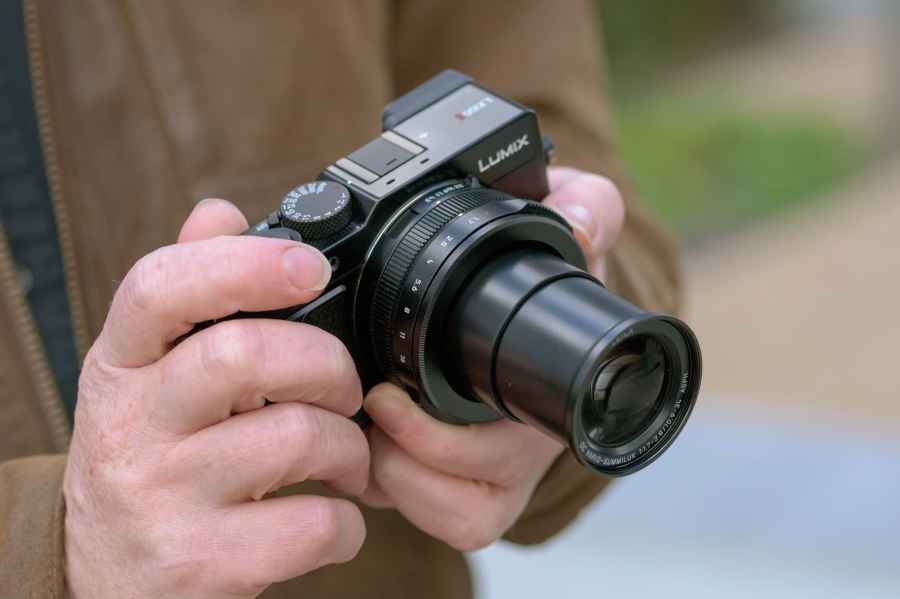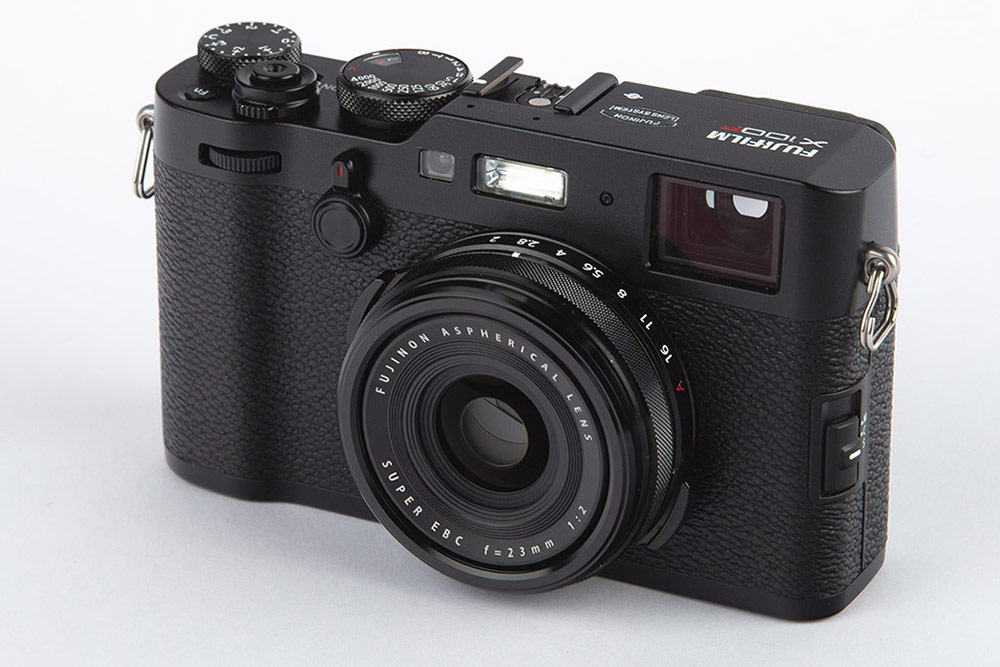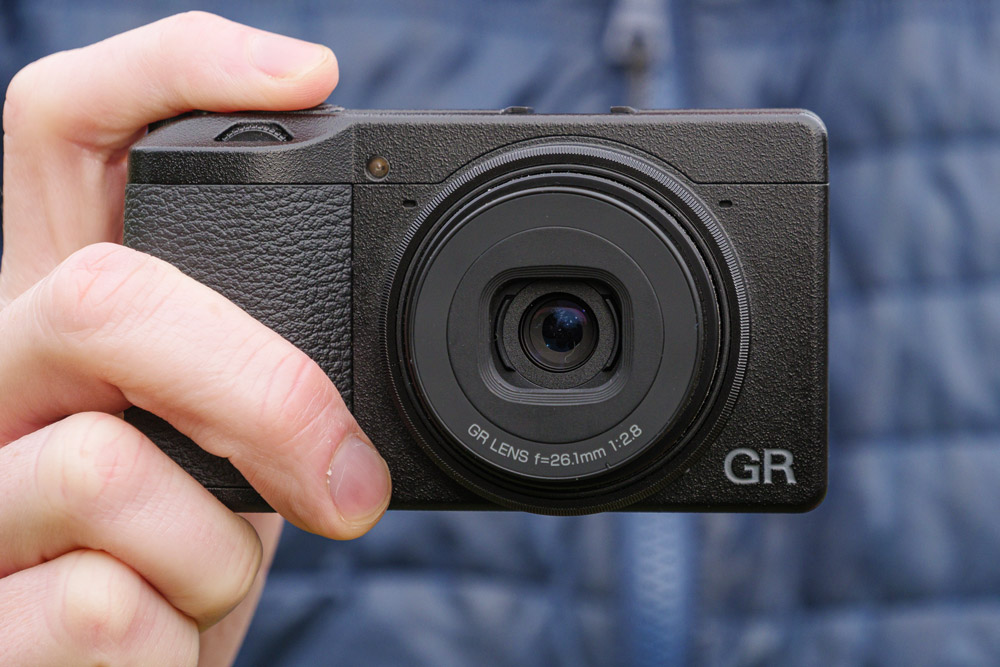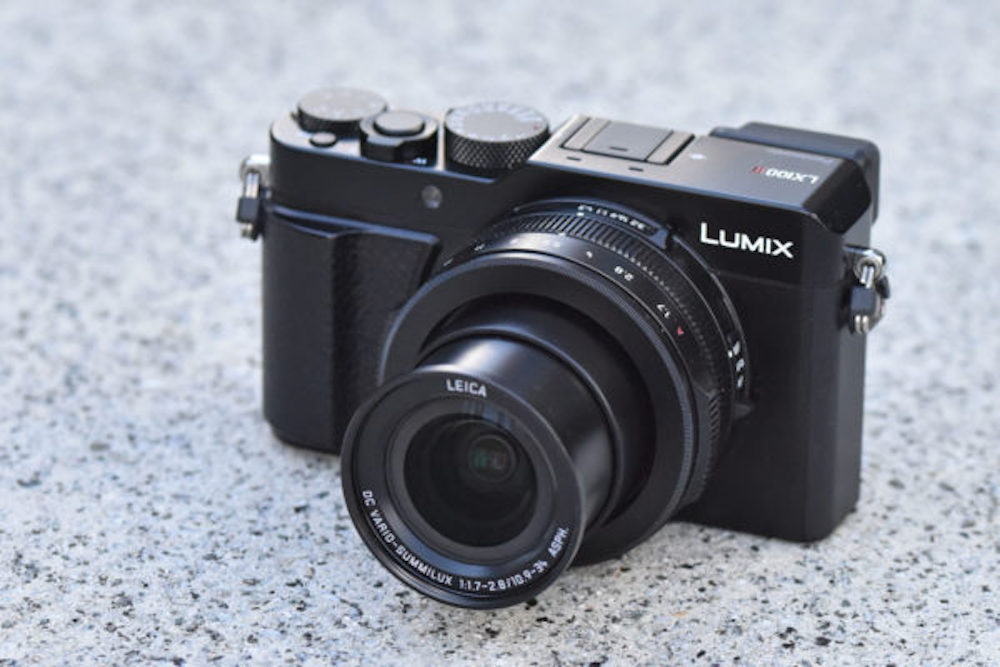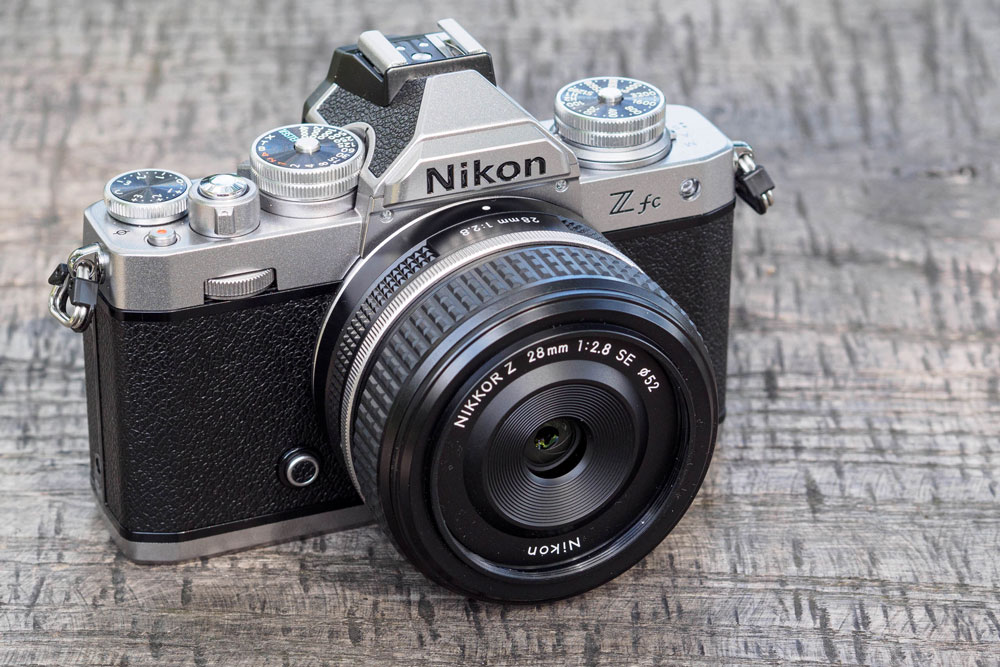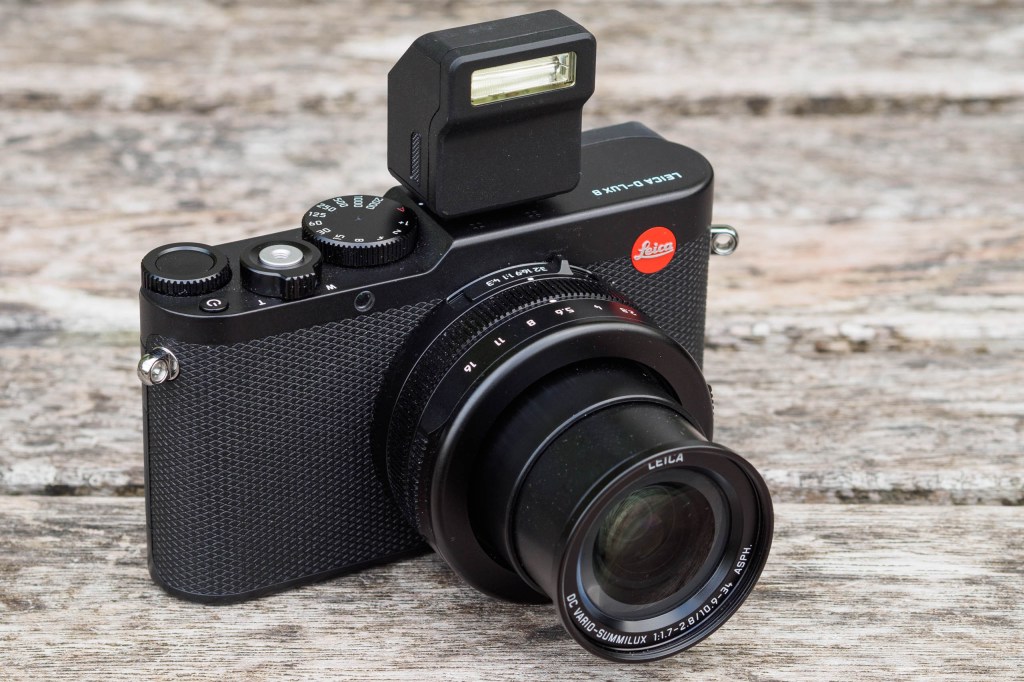The Fujifilm X100V and X100VI aren’t just among the best Fujifilm cameras; they’re also two of the best retro-styled cameras and one of the most popular compact cameras around right now. Unfortunately, this also makes them hard to find, though availability has improved slightly at the time of publication. Availability can fluctuate, so buyers must be prepared to wait and check suppliers’ lead times where they offer them.
A surge of interest in the X100V began on TikTok in late 2022, with users promising that it was a digital camera capable of creating images that ‘feel like film’. Since then, it’s been incredibly hard to get hold of the X100V. Fujifilm introduced an even better camera with the X100VI (since April 2024 in the UK), and even though they increased production capacity, there can still be a wait.
We absolutely raved about the original Fujifilm X100V, and love the Fujifilm X100VI. The combination of stylish looks, a tactile control experience, responsive shooting and the famous Film Simulation modes all add up to a terrific camera for anyone. But, as not everyone can get one, we’ve assembled this list of readily available retro-styled cameras that deliver a similar package to the X100V and X100VI, based on our experience of testing and reviewing them. With inclusions from some of the best camera brands for JPEGs, these cameras suit those who like to shoot first and edit later.
Best Fujifilm X100V and X100VI alternatives – and the best retro styled cameras
Before we get to the list, it’s worth explaining our criteria for choosing. These are the key aspects that make the Fujifilm X100V and X100VI so appealing – and therefore, the qualities we’ve looked for when identifying our alternatives.
Classic retro vintage camera styling. This isn’t purely a matter of cosmetics – aping the look of classic film cameras means control dials on the top plate and an aperture ring on the lens. It makes for a much more tactile shooting experience than delving around in menus. While Fujifilm is the master of retro-styled cameras, there are a few chic alternatives from the likes of Nikon and Olympus, as we’ll see.
A large sensor and a bright lens is also key to the X100V’s appeal. The combination of APS-C sensor and f/2 lens means the camera delivers excellent images, even in lower light. The lens being a fixed 35mm equivalent prime may put some off initially – what, I can’t zoom?! However, many users of X100 cameras quickly embrace the act of moving one’s feet rather than the optics of the lens in order to reframe a shot. It does make for a more agile, involved photographer.
Film Simulations. These are specific JPEG shooting modes that simulate the looks of famous film stocks like Astia, Provia, Velvia and others, producing fantastically shareable images straight out of camera. Other camera brands like Olympus offer vintage filters of their own, but none quite on the same level.
So, here are our retro styled digital cameras that will give you some of these qualities, plus some additional useful features, such as interchangeable lenses and/or a zoom lens. For tips on how to get the most out of these cameras once you’ve chosen one, check out our essential street photography guide.
If you still want the Fujifilm X100V, but can’t decide between the X100VI and X100V, then have a look at our guide to the Fujifilm X100VI vs X100V.
The best retro styled cameras: our quick list
Looking for the best deal on retro-styled cameras? Not only will you find the best retro-looking cameras, but also some of the best deals, as our ‘Buy now’ buttons are set up to automatically take you to the best prices from trusted retailers. You’ll also find a list of other retailers below each camera, so you can find the right deal for you.
- Best second-hand X100F: Fujifilm X100F – buy now
- Best X100V alternative: Ricoh GR IIIx – buy now
- A mirrorless X100V alternative: Fujifilm X-S10 – buy now
- Vintage style Olympus camera: Olympus OM-D E-M10 Mark IV – buy now
- Zoom-lens compact: Panasonic Lumix LX100 II – buy now
- Best Retro style Nikon: Nikon Z fc – buy now
- The deluxe option: Leica Q3 – buy now
- Best compact zoom: Leica D-Lux 8 – buy now
Why you can trust Amateur Photographer
We spend many hours testing every product we recommend, in detail, in a variety of situations and shooting scenarios, and only use experts for our reviews, so you can be sure that you’re getting the best products. Find out more about our expert writers.
Read on to learn more about each pick, with details on why we chose them:
Fujifilm X100F
At a glance:
- Compact camera
- 24.2MP X-Trans CMOS III sensor; 35mm (equiv.) f/2 lens
- Film Simulation modes
- Hybrid optical/electronic viewfinder
- Price: around $1,350 / from around £870 (used)
If you can’t find the X100V, or the price has shot up, then the previous models in the X100 range offer the same sensor size, and similar, bright f/2 lens. The X100V has an updated lens, with improved image quality, and better macro performance, but if you want to save money, you still get great image quality from the X100F.
The X100F has a 24MP APS-C sensor, a 23mm f/2.0 lens, equivalent to 35mm in 35mm film terms, as well as a hybrid optical / electronic viewfinder that makes the Fujifilm X100 series unique.
If you want to branch out with the ability to change lenses, you could look at a camera like the Fujifilm X-T30 II. You may be able to find the Fujifilm X100F available for new, but it’s plentifully available on the second-hand market.
Pros:
- Same proposition as X100V
- Hybrid viewfinder
- Gorgeous image quality
Cons:
- Still quite hard to find
Read our full Fujifilm X100F review
Ricoh GR IIIx
At a glance:
- Compact camera
- 24MP APS-C sensor, 40mm (equiv.) f/2.8 lens
- 0.12m close-focusing distance
- 3in, 1.04m-dot fixed LCD screen
- Price: $1,047 / £1,099
While it may not quite have the same retro looks, the Ricoh GR IIIx is the camera that probably best approximates what the Fujiilm X100V does. For that reason, it’s a solid alternative choice, and can be picked up a good deal cheaper.
The GR IIIx is also a fixed-lens compact built around an APS-C sensor. Small and snappy, it’s designed for street photography and everyday shooting. The lens is a 40mm equivalent, so a little longer than the X100V’s 35mm optic, and carries a maximum aperture of f/2.8 rather than f/2. This is still nice and bright, so you can achieve shallow depth of field and shoot in low light.
The GR IIIx is a subtly reworked version of the GR III, which is essentially identical except that it uses a wider 28mm equivalent lens. Feel free to choose either camera based on the kinds of images you think you’ll like to shoot – the GR IIIx will be better for naturalistic street shooting, while the GR III may be preferable for architecture and interiors. Whichever you go for, you’ll get a snappy, high-quality camera that consistently produces vivid, colourful images.
While there are some decent in-camera Raw processing options and Picture Styles, the GR IIIx doesn’t quite produce the same filmic look as an X100V. Also, as we found in our review, you may find yourself chafing against the limitations of composing on a fixed LCD screen – some tilting functionality really wouldn’t have gone amiss. Also, bear in mind that the GR IIIx doesn’t come with a viewfinder – Ricoh does sell an attachable one, though it adds a wince-inducing $250/£299 to the cost of the camera that’ll negate your cost-saving over the X100V (which has both a viewfinder and tilting screen built in).
With all that said, the Ricoh GR IIIx is a likeable, fun camera to use, and a credible alternative to the X100V experience.
Pros:
- Probably the closest X100 analogue out there
- 40mm equiv. lens is great for street
- Cheaper than X100V
Cons:
- No viewfinder (costly optional extra)
- Fixed LCD screen
Fujifilm X-S10
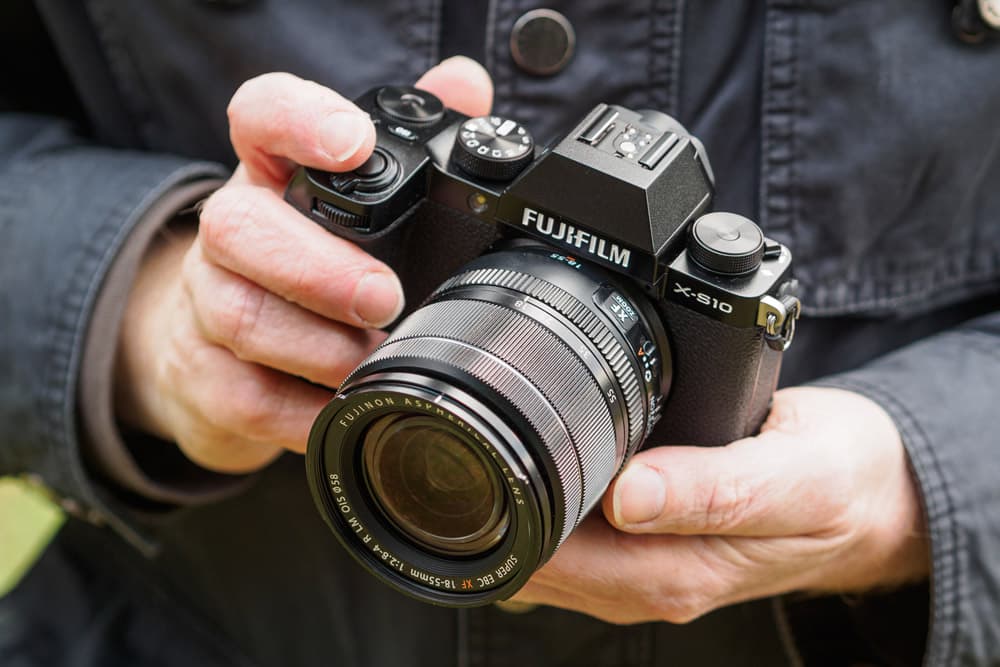
At a glance:
- Mirrorless camera
- 26.1MP APS-C X-Trans CMOS sensor, Fujifilm X lens mount
- 30fps continuous shooting with 1.25x crop; 20fps electronic shutter; 8fps mechanical shutter
- 5-axis in-body stabilisation
- Price: $1,203 with 18-55mm lens / around £1,320 (with 18-55mm lens)
If you can’t get your hands on Fujifilm’s most famous compact, then you may want to consider plunging into its range of X-mount mirrorless cameras. We’d recommend a good place to start would be the X-S10, which isn’t the newest camera on the block, but delivers an excellent shooting experience for a reasonable price.
Buying an X-S10 with Fujifilm’s 18-55mm kit lens, will cost you around $1,299 / £1,199 assuming you buy new: about the same price as an X100V. There’s plenty of shared DNA between the two cameras, which were both announced in 2020 (the X100V at the start of the year, the X-S10 towards the end). They use the same 26.1MP APS-C X-Trans CMOS sensor for one, so pick up a Fujifilm XF 23mm f2 R WR lens for the X-S10 and you’ll effectively hack your way to a very similar shooting setup. If your budget stretches, though, the XF 23mm f1.4 R is a much better lens.
Despite this, there are quite a few differences between the two cameras worth weighing up. The X-S10 has 5-axis built-in stabilisation, while the X100V does not. However, the X100V’s built-in lens gives it a much slimmer form factor in use, and there’s a greater emphasis on physical control dials, which many photographers prefer.
The compact X100V also has that gorgeous hybrid optical viewfinder, while X-S10 users have to make do with a serviceable but unremarkable EVF. But then, there’s the whole raison d’être behind this article – the X-S10 is much easier to get your hands on, even after the arrival of its successor, the X-S20.
Pros:
- Flexibility of interchangeable lenses
- IBIS (in-body image stabilisation)
- Widely available for a good price
Cons:
- Fairly utilitarian, uninspiring design (by Fujifilm standards)
- Lacks the X100V’s gorgeous hybrid viewfinder
Read our full Fujifilm X-S10 review and our Fujifilm X-S10 field test in New Zealand.
Olympus OM-D E-M10 Mark IV
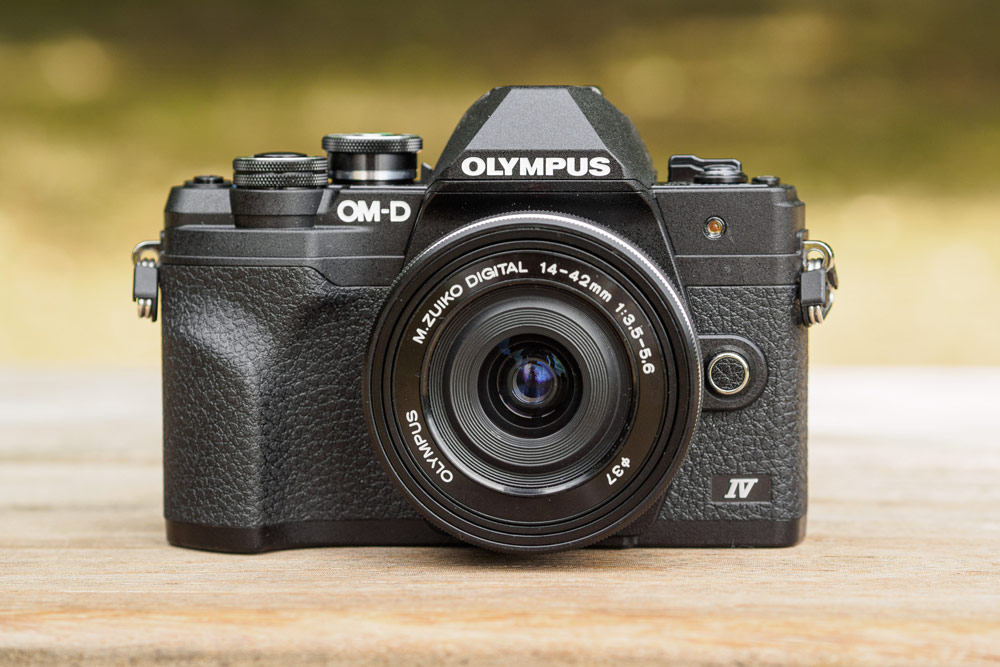
At a glance:
- Mirrorless camera
- 20MP Four Thirds sensor, Micro Four Thirds lens mount
- 15fps continuous shooting
- 5-axis in-body stabilisation
- Price: from $700 body only, $700 with lens / from £649 body only, £749 (with 14-42mm lens)
For vintage looking photos, and multiple filters, have a look at the Olympus / OM System range of cameras.
Any Olympus or OM System model will be a great choice, but for someone looking for one that can capture it all without much expense, the Olympus OM-D E-M10 Mark IV is great value. Not only is it compact and lightweight, but it also features an electronic viewfinder, has 4K video recording, and looks like an old-school SLR camera.
You’ll find a 20MP sensor, a vast range of Micro Four Thirds lenses, with budget to premium options. For a similar look to the Fujifilm X100V, the Panasonic 20mm f/1.7 lens would be a good choice, although the focus can be a little slow, so isn’t going to be the best option if you also plan on shooting video.
Look for the silver and black version for the classic vintage camera look, and combine that with the Olympus Art Filters, and you’ll find that there are a number of different looks available, including an Art Filter specifically designed to give you a vintage photo style.
Pros:
- Loads of lens options
- Easy to use and good value for money
- Stylish Art Filter options
Cons:
- Raw image quality of sensor inferior to APS-C
- No mic socket
Read our full Olympus OM-D E-M10 Mark IV review
Panasonic Lumix LX100 II
At a glance:
- Compact camera
- 17MP Four Thirds sensor, 24-75mm (equiv.) f/1.7-2.8 lens
- 2.76M-dot electronic viewfinder
- Multi aspect ratio shooting
- Price: $1,325 (used), around £900 (used)
The Panasonic Lumix LX100 II impresses with a bright f/1.7-2.8 aperture wide-angle zoom lens, equivalent to 24-75mm, giving you both the wide-angle view and the ability to zoom, all without needing to change your lens.
External manual controls give you quick access to aperture control, shutter speeds, exposure compensation, and even the aspect ratio, should you wish to change it. The camera features a metal build, which adds to the premium feel of the camera.
The camera features 4K video recording, built-in Wi-Fi and Bluetooth, but the downsides include a relatively small electronic viewfinder and a fixed screen without the tilting ability of the other cameras on this list.
There are a range of filters available, including high contrast monochrome, as well as retro and vintage looking filters.
Pros:
- Bright zoom lens
- Lovely metallic finish
- Multi-aspect ratio shooting options
Cons:
- Small viewfinder
- Fixed screen
Read our full Panasonic Lumix LX100 II review and our Panasonic Lumix LX100 II long-term test.
Nikon Z fc
At a glance:
- Mirrorless camera
- 20.9MP APS-C sensor, Nikon Z lens mount
- 11fps continuous shooting
- 209-point autofocus
- Price: $1,097 / £899 (with 16-50mm lens)
The Nikon Zfc makes it onto this list thanks to the retro, vintage, classic styling, however, the internals are fully modern, with 4K video recording, a 20MP APS-C sensor, and access to Nikon’s Z-Mount lens range. However, it’s worth noting that very few APS-C (DX) Z-Mount lenses feature aperture control, so this is one aspect that could be missing if you choose the “wrong” lens.
It’s definitely got the “vintage” look, as well as external manual controls including ISO speed, shutter speed, and exposure compensation. Aperture is adjusted using the front command dial, and there’s a small LCD screen on the top that shows you your aperture. The vari-angle touchscreen can be used for selfies and vlogging.
Pros:
- Very stylish build
- External manual controls
- Handy vari-angle touchscreen
Cons:
- Not many Z-mount lenses for APS-C (still)
- Nikon Z50 is essentially identical inside, and cheaper
Leica Q3
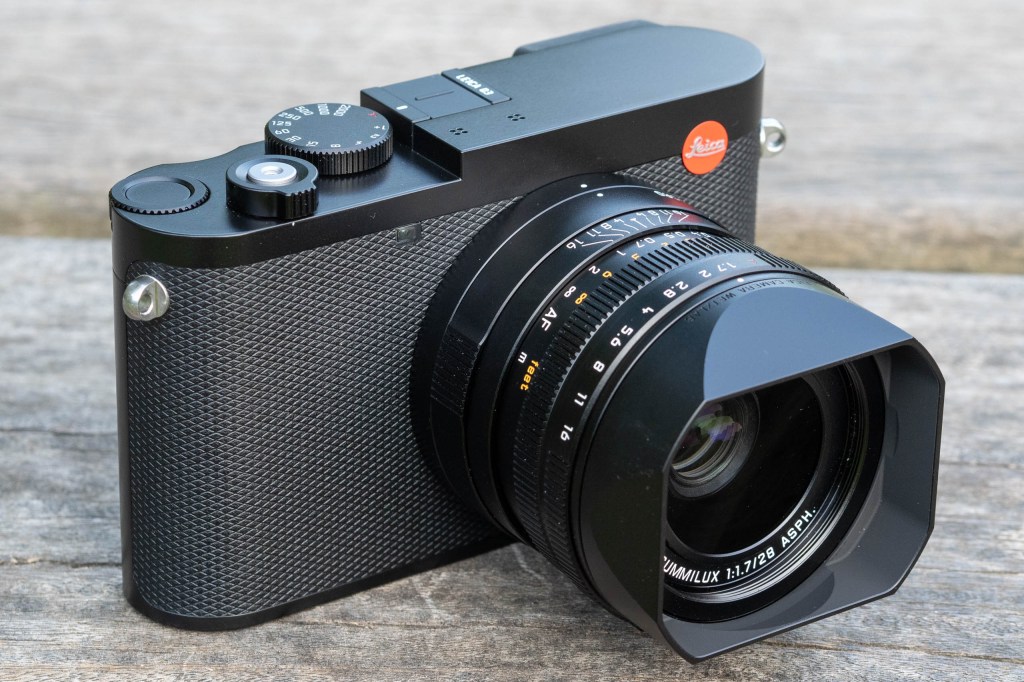
At a glance:
- Compact camera
- 60.3MP full-frame sensor, 23mm f/1.7 lens
- ISO 50-100,000
- 5.76m-dot, 0.76x viewfinder
- Price: $6,295 / £5,400
With the winning combination of an ultra-high resolution sensor and an optically stabilised 23mm f/1.7 lens, the Leica Q3 is essentially a significantly up-market version of an X100V. With traditional Leica styling, including manual focus and aperture rings on the lens and a stepped top-plate with rounded corners, the Leica Q3 simply exudes classic cool. It’s not a case of style over substance though – this is a hell of a camera in all respects.
It uses a variant of the 60MP full-frame BSI-CMOS sensor that was introduced in the Leica M11, with the addition of on-sensor phase detection pixels for autofocus. This means that the Q3’s autofocus system can keep up with the kinds of shoots a camera like this gets used for – street shots, travel, day to day photography. The images it produces are sublime, with the lens in particular delivering exceptional performance. In our review, we found the Leica Q3 a consistent delight to use.
It’s worth noting that unlike the X100V, this is probably more a camera for those who prefer to shoot in RAW and process images to their liking, rather than the immediacy of shooting in JPEG. And the other thing worth noting is, of course, the cost. This is a premium Leica camera, and it is priced as such, meaning it will likely be out of the reach of most users.
Pros:
- Excellent, traditional-style handling
- Sharp, stabilised f/1.7 lens
- Fast, capable autofocus
Cons:
- Expensive
- Standard JPEG colour output somewhat lacklustre
Leica D-Lux 8
At a glance:
- $1,595 / £1,450
- 24-75mm equivalent f/1.7-2.8 lens with OIS
- 17MP Four Thirds multi aspect-ratio sensor
- ISO 100-25,000
- Up to 11fps shooting
- 2.36m-dot, 0.74x OLED viewfinder
- 3in, 1.84m-dot LCD touchscreen 4K 30p video recording
The D-Lux 8 is the latest offering from Leica (launched July 2024 in the UK), to supersede the D-Lux 7. It is an improvement on this; not least in its viewfinder. The zoom lens provides good flexibility for composition, and our reviewer really appreciated the ability to change aspect ratios via a switch on the lens.
Leica have employed a smaller Four Thirds type sensor with a clever multi-aspect ratio design, joined by a 24-75mm equivalent zoom with a bright f/1.7-2.8 aperture. This 20MP Four Thirds sensor is used in a unique way: rather than use the entire sensor area to create images, it crops in to offer a range of aspect ratios with the same diagonal angle of view instead.
It’s in much the same price bracket as the X100VI, at $1,595 / £1,450 vs $1,599 / £1,600. It has traditional photographer-friendly controls for the main exposure settings, and a corner-mounted viewfinder in a flat-bodied ‘rangefinder-style’ design – these make it a joyous thing to use.
Pros
- Unique multi-aspect ratio sensor
- Large aperture zoom lens
- User-friendly DNG-format raw recording
- Improved viewfinder over predecessor
Cons
- Uninspiring JPEG colour
- Non-tilting rear screen
- Minimal handgrip
Read our full review for more.
*via PetaPixel, Lens Rentals Blog
So, if you haven’t managed to get your hands on a Fujifilm X100V or X100VI, you can use this guide to point you in the right direction for comparable cameras that give you some extra change in your pocket. As all of these cameras are readily available, it may just save you the wait on working with a premium-feel, retro-style camera.
Have a look for more options…
Follow AP on Facebook, Twitter, Instagram, YouTube and TikTok.

